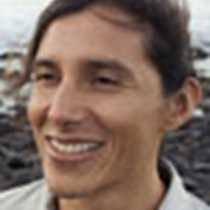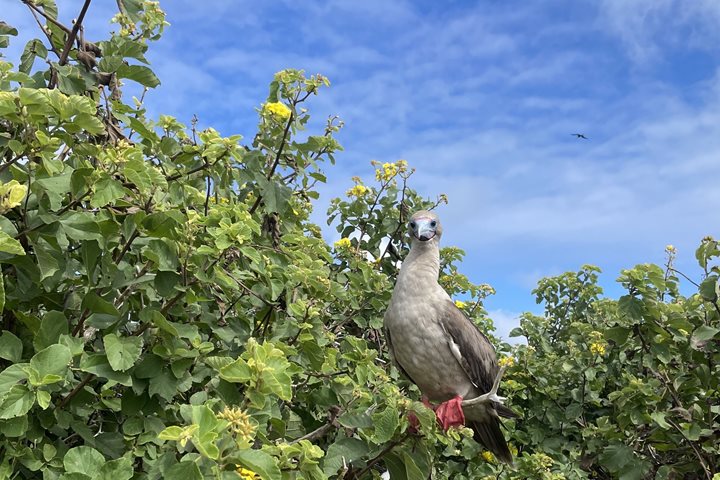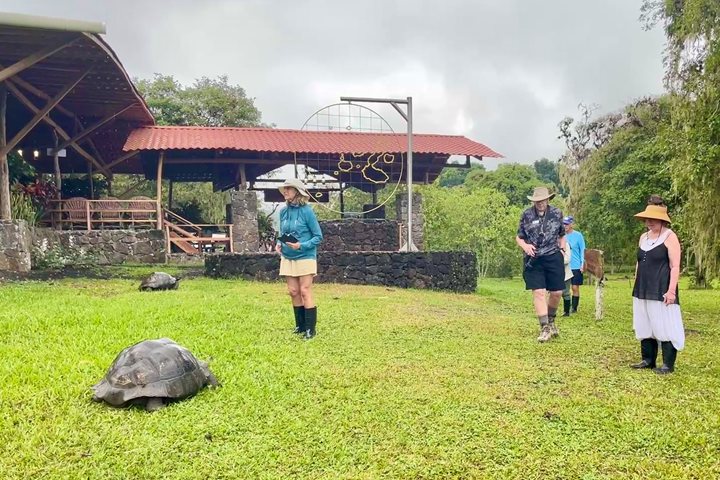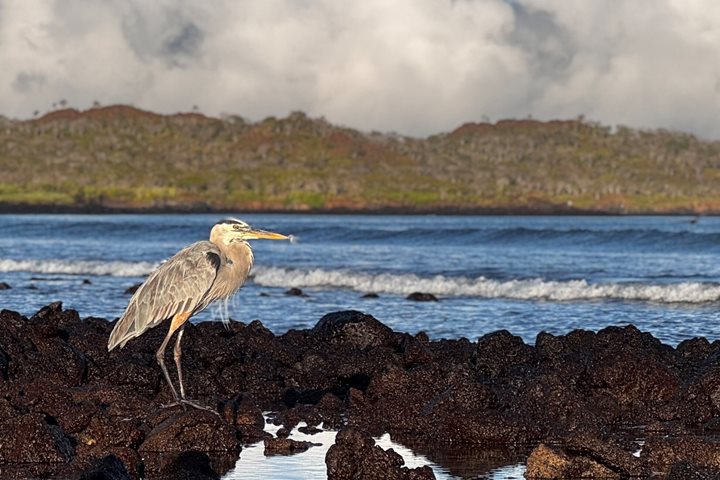Today we woke up at Gardner Bay in Española Island. After a delicious breakfast, some guests disembarked for deep water snorkeling along the shore of Gardner Islet, while other guests went to visit Gardner Beach. Sea lions welcomed us at the beach and guests had a great time taking photos of these animals peacefully basking in the sand. In the afternoon, we disembarked to explore Punta Suarez. Here, we could find one of the most beautiful sea birds in Galapagos, the waved albatross. It’s the end of the mating season for these birds, and we observed a few couples in their final days on Española before they fly down to the coast of Peru to find food. We also found one of the largest nesting grounds of Nazca boobies, where we observed males bringing tiny rocks to females to catch their attention for mating. We ended our day with our traditional recap of the day onboard the National Geographic Endeavour II.
5/29/2025
Read
National Geographic Gemini
Genovesa Island
Genovesa is considered one of the Galapagos crown jewels, and today it was showing off all of its splendor. Immediately after breakfast we put on our sturdy shoes and set out to explore Prince Philip’s Steps. This area is known for opportunities to observe not only large colonies of nesting Nazca and red-footed boobies, but maybe, just maybe, the short-eared owl which exhibits diurnal behavior on this island. After this walk we got ready for a dip in the Pacific Ocean and snorkeling along the inner coast of this caldera. The afternoon was equally amazing as we disembarked to explore Darwin Bay, along a short and easy trail that was packed with wildlife. Here we observed not only nesting frigatebirds, red-footed boobies, and Nazca boobies, but also a few yellow-crowned night herons. It was another incredible afternoon in the Galapagos Islands.







